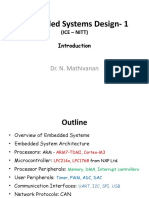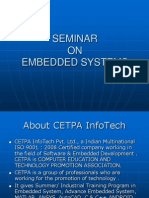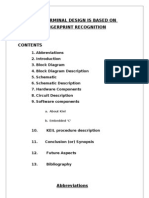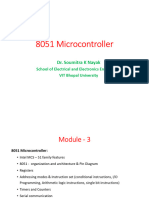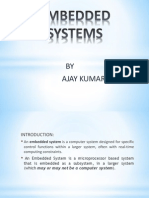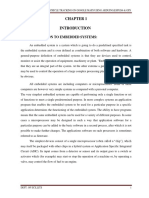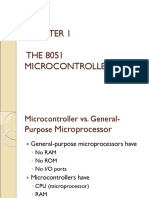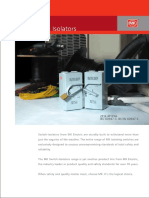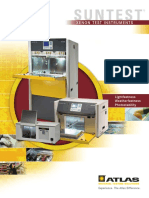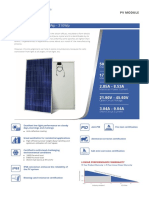0% found this document useful (0 votes)
22 views18 pagesCh1 - Embedded System Introduction
The document provides an overview of embedded systems, defining them as special-purpose computer systems integrated into devices to control or assist operations. It explains the role of microcontrollers in embedded systems, highlighting their efficiency and cost-effectiveness compared to general-purpose microprocessors. Additionally, it discusses an interactive vehicle tracking system that utilizes GPS and GPRS technologies for real-time data collection and monitoring.
Uploaded by
kulkarnivishwarajCopyright
© © All Rights Reserved
We take content rights seriously. If you suspect this is your content, claim it here.
Available Formats
Download as PPT, PDF, TXT or read online on Scribd
0% found this document useful (0 votes)
22 views18 pagesCh1 - Embedded System Introduction
The document provides an overview of embedded systems, defining them as special-purpose computer systems integrated into devices to control or assist operations. It explains the role of microcontrollers in embedded systems, highlighting their efficiency and cost-effectiveness compared to general-purpose microprocessors. Additionally, it discusses an interactive vehicle tracking system that utilizes GPS and GPRS technologies for real-time data collection and monitoring.
Uploaded by
kulkarnivishwarajCopyright
© © All Rights Reserved
We take content rights seriously. If you suspect this is your content, claim it here.
Available Formats
Download as PPT, PDF, TXT or read online on Scribd
/ 18








